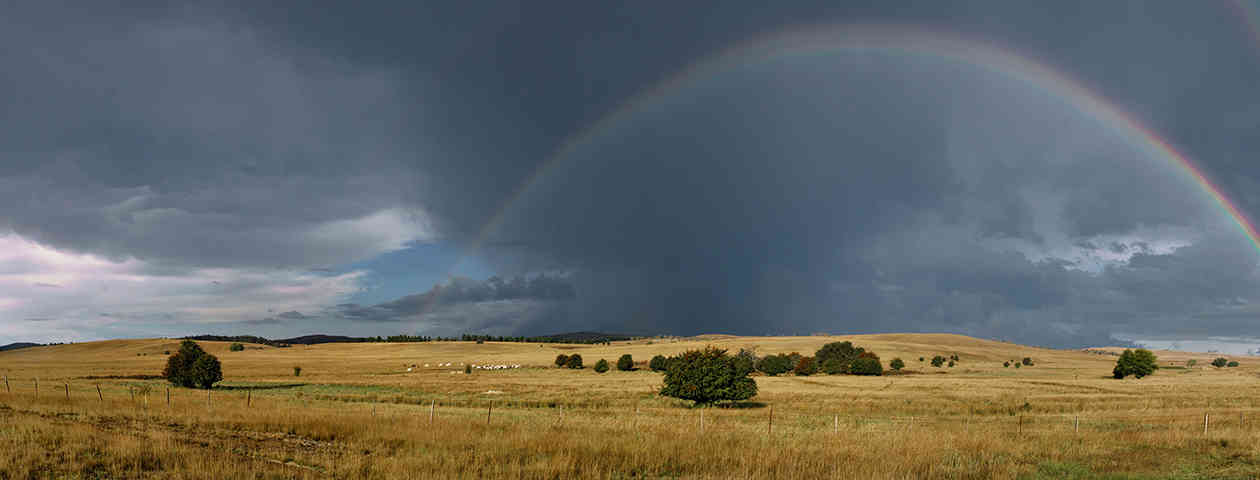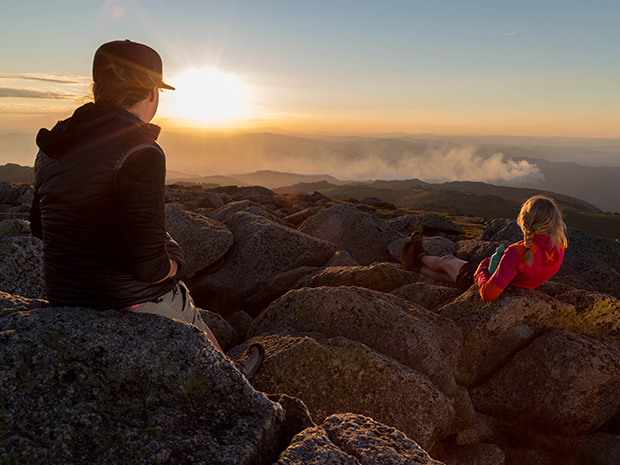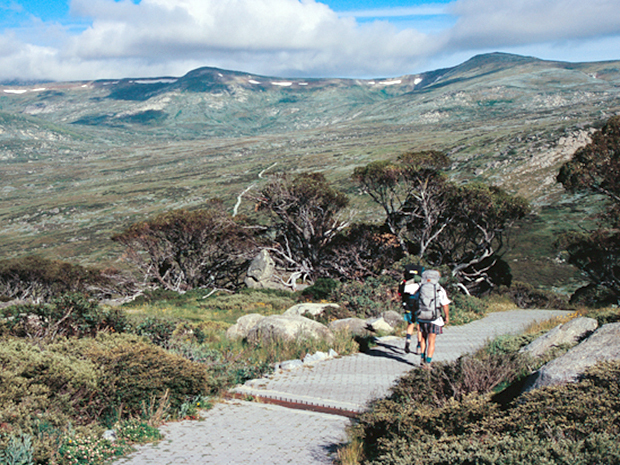
The Snowy Mountains are located in the south east of New South Wales and are the highest point in Australia’s Great Dividing Range.
Much of the Snowy Mountains region is incorporated into Kosciuszko National Park. At 2,228m, Mount Kosciuszko is the highest peak on the Australian mainland. The flat expanse of the Monaro High Plain to the east of the region is sheep country renowned for the quality of its Merino wool.

The alpine climate is characterised by cool, crisp air. Temperatures average from minus 6 degrees Celsius in July, and 21 degrees Celsius in January. The Snowy Mountains is one of the few regions that experiences four distinct seasons.
"The Snowy Mountains is one of the few regions that experiences four distinct seasons."
Mountain weather can be extremely unpredictable and walkers are advised to be prepared for all conditions and check weather forecasts before setting out. The cool evenings experienced throughout most of the year, mean it’s wise to rug up at night.

Unlike mountain regions elsewhere, the Australian Alps are covered by a mantle of vegetation, thanks to the bogs and fens that fill high country valleys and hollows. These wetlands act like sponges, retaining water from rain and melting snow. As a result, they help prevent erosion and keep the slopes moist. Some alpine peat bogs are metres deep and contain plant matter 15,000 years old, giving scientists valuable information about climate change over the years.

Sign up for newsletters and deals from
Snowy Mountains and our partners.